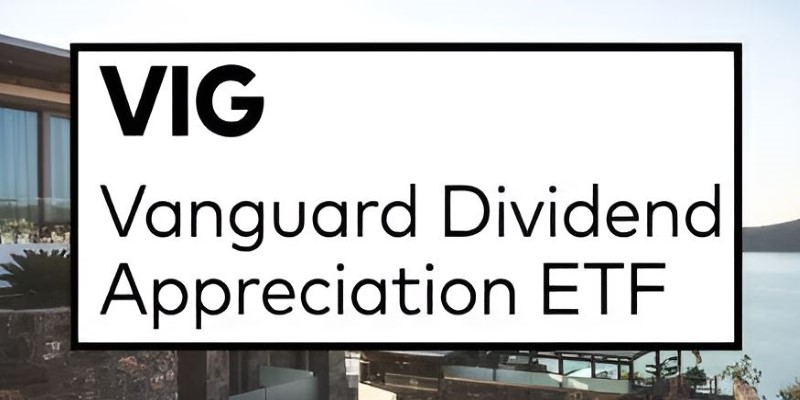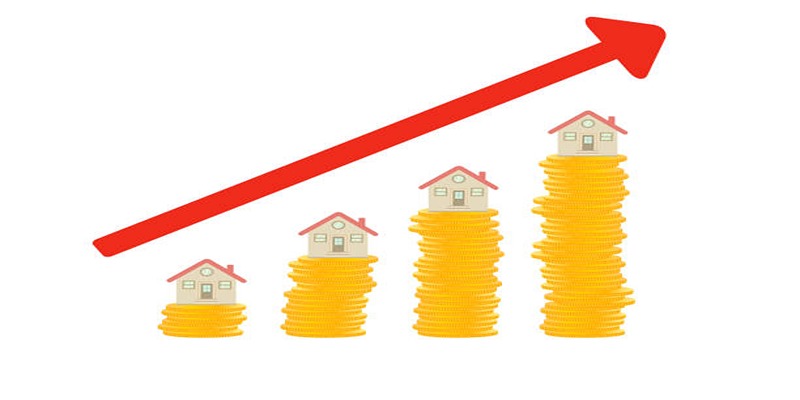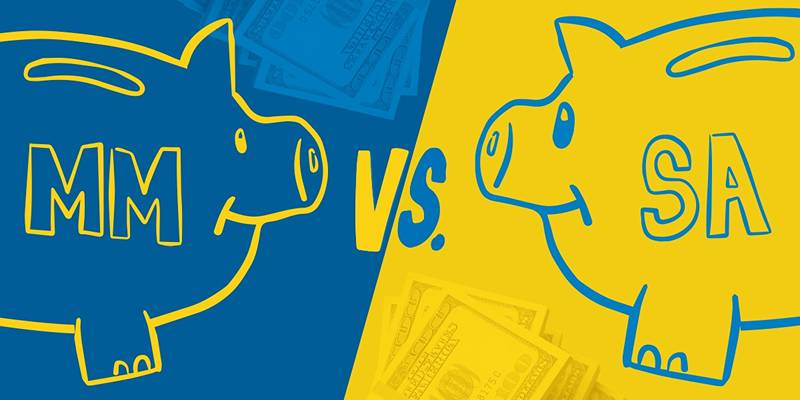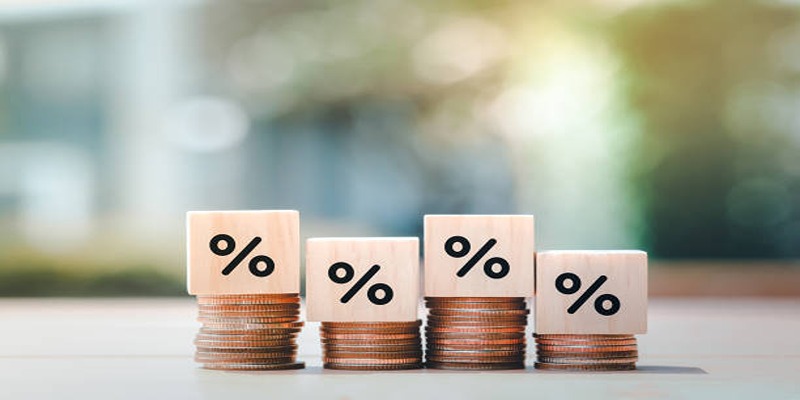Investing can often feel like too many choices and too little clarity. For those who prefer a steady stream of income without handpicking stocks, dividend ETFs are a practical option. These funds are built to include companies that regularly return profits to shareholders through dividends. They're a match for investors who value stability and want to keep their money growing while receiving consistent payouts. Whether you're saving for retirement, planning, or just want an easier way to stay invested, dividend ETFs offer a solid, low-effort path to building income over time without too much maintenance.
What Are Dividend ETFs and Why Do They Matter?
A dividend ETF holds a collection of stocks chosen for their dividend-paying history. By investing in a single fund, you get access to dozens or even hundreds of companies that regularly return profits to investors. It’s a hands-off way to build a portfolio that produces income. Instead of buying one or two companies, you're spreading risk across a wide group.
These funds generally fall into two categories: high-yield and dividend growth. High-yield ETFs focus on companies offering bigger payouts, though the higher yield can sometimes come with added risk. Dividend growth ETFs, by contrast, include companies with a strong record of increasing their dividends year after year. These tend to be financially stable firms with a long-term view.
What draws many to dividend ETFs is the balance between income and reliability. Even if stock prices drop, the dividend payments often continue, helping to smooth out returns. For retirees or income-focused investors, this consistency is attractive. For those still building their portfolio, reinvesting dividends can quietly grow total returns through compounding.
Expense ratios also play a role. These are the annual fees charged by funds. Lower costs mean more of your investment stays in your account. Most well-known dividend ETFs are low-cost, making them accessible and appealing to long-term investors.
Top Dividend ETFs to Consider
Vanguard Dividend Appreciation ETF (VIG)

VIG invests in U.S. companies that have raised their dividends for at least ten consecutive years. These firms are usually large, established businesses with stable earnings. VIG doesn’t focus on the highest yields. Instead, it aims for dependable, rising payouts over time. It holds companies in sectors like consumer goods, healthcare, and industrials. For investors with a long-term mindset, VIG is often a core holding. Its low fees and broad exposure to steady performers make it one of the most widely held dividend ETFs.
iShares Select Dividend ETF (DVY)
DVY leans toward companies with higher-than-average dividend yields. It includes a strong mix of utility firms, industrials, and financials. This fund focuses on companies with strong earnings and a history of paying dividends, but it may come with more price swings than a fund like VIG. DVY suits those who want more income now, though it may not grow that income as steadily over time.
Schwab U.S. Dividend Equity ETF (SCHD)
SCHD uses a rules-based approach to select companies with reliable dividends, strong financial ratios, and solid long-term earnings. It offers a balance of yield and quality. SCHD’s focus on firms with strong cash flow and high return on equity has made it a popular pick among individual investors. With one of the lowest expense ratios in its category, SCHD offers a cost-effective way to access a diverse mix of U.S. dividend payers.
Vanguard International High Dividend Yield ETF (VYMI)

VYMI expands the search for dividends beyond U.S. borders. It includes companies in Europe, Asia, and other markets with high dividend yields. Many are large multinational firms in sectors like energy, banking, and telecom. Adding VYMI to a portfolio can help increase income while spreading risk across global markets. This is useful for those wanting exposure to international economies with strong payout histories.
How to Invest in Dividend ETFs the Right Way?
Starting with dividend ETFs is simple. They’re available through most online brokerages, and many allow fractional shares, so even small amounts can be invested. The main decision is choosing which type of dividend ETF fits your goals.
If your focus is current income, a high-yield fund like DVY may be a better match. For those building a retirement nest egg, VIG or SCHD—with their focus on dividend growth and financial health—may be more appropriate. Either way, consistency is more useful than trying to time the market. Investing regularly through automatic contributions is an easy way to build a position without overthinking it.
Consider how dividends are handled. Some investors prefer to reinvest payouts to buy more shares, using DRIPs (dividend reinvestment plans). Over time, this can increase income as the number of shares grows. Others may choose to receive the cash directly, especially if they’re using it for living expenses.
Taxes are another piece of the picture. Qualified dividends usually get better tax treatment, but this depends on holding periods and account types. Many investors choose to hold dividend ETFs in tax-advantaged accounts like IRAs or Roth IRAs to defer or reduce taxes on payouts.
Finally, understand how often the ETF pays dividends—monthly or quarterly—and whether that aligns with your cash flow needs. The reliability of payouts, combined with the ETF’s track record, should guide your decision more than chasing the highest advertised yield.
Conclusion
Dividend ETFs are simple, steady, and effective for many types of investors. They offer a blend of income, diversification, and lower stress compared to buying individual stocks. Whether you’re looking for growing income over time or higher yields right now, there’s likely a dividend ETF that fits. The key is choosing based on your financial needs, staying consistent, and keeping costs low. With the right plan, dividend ETFs can be a strong part of your long-term investing approach—quietly building wealth and income, one payout at a time.












